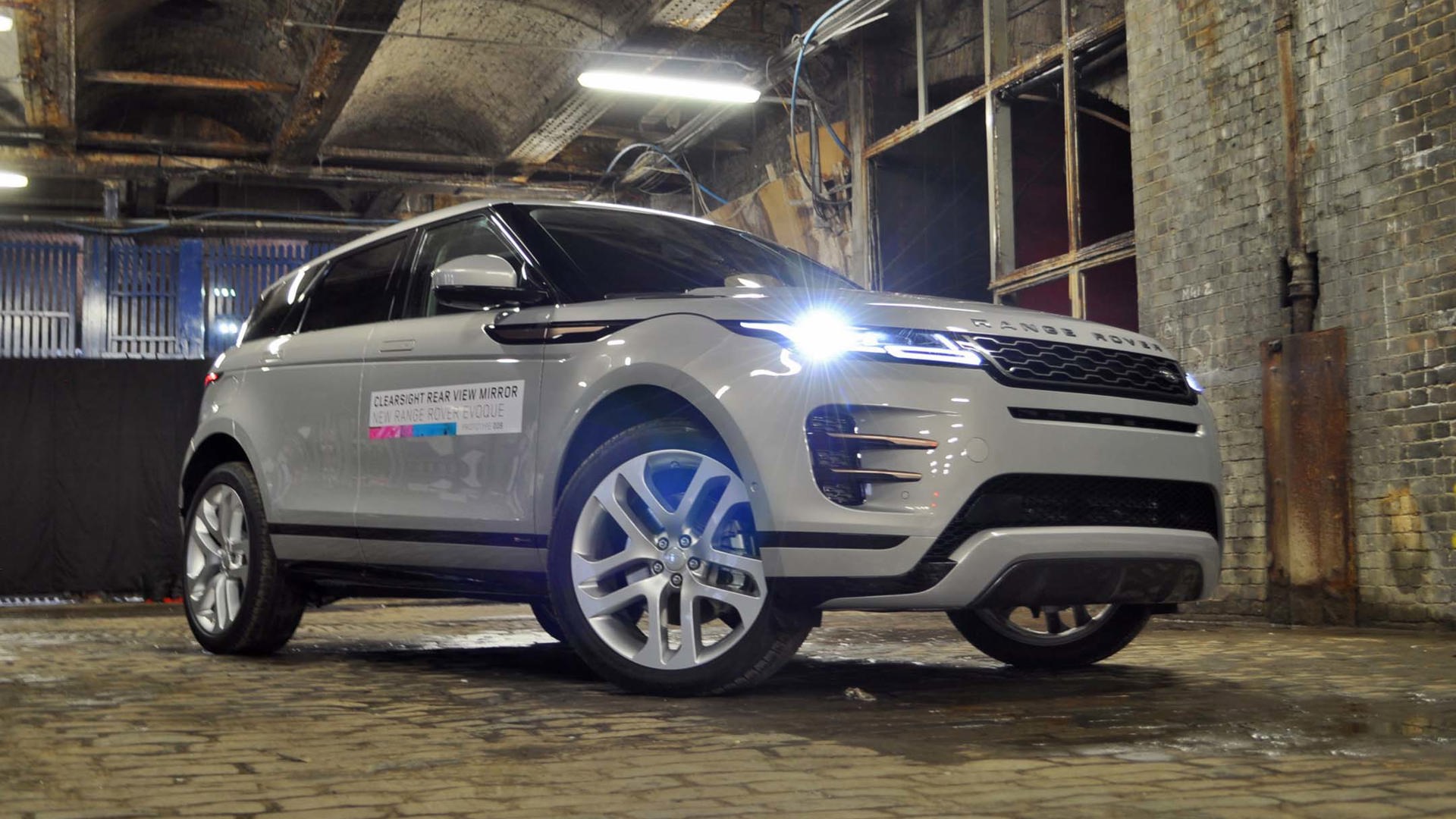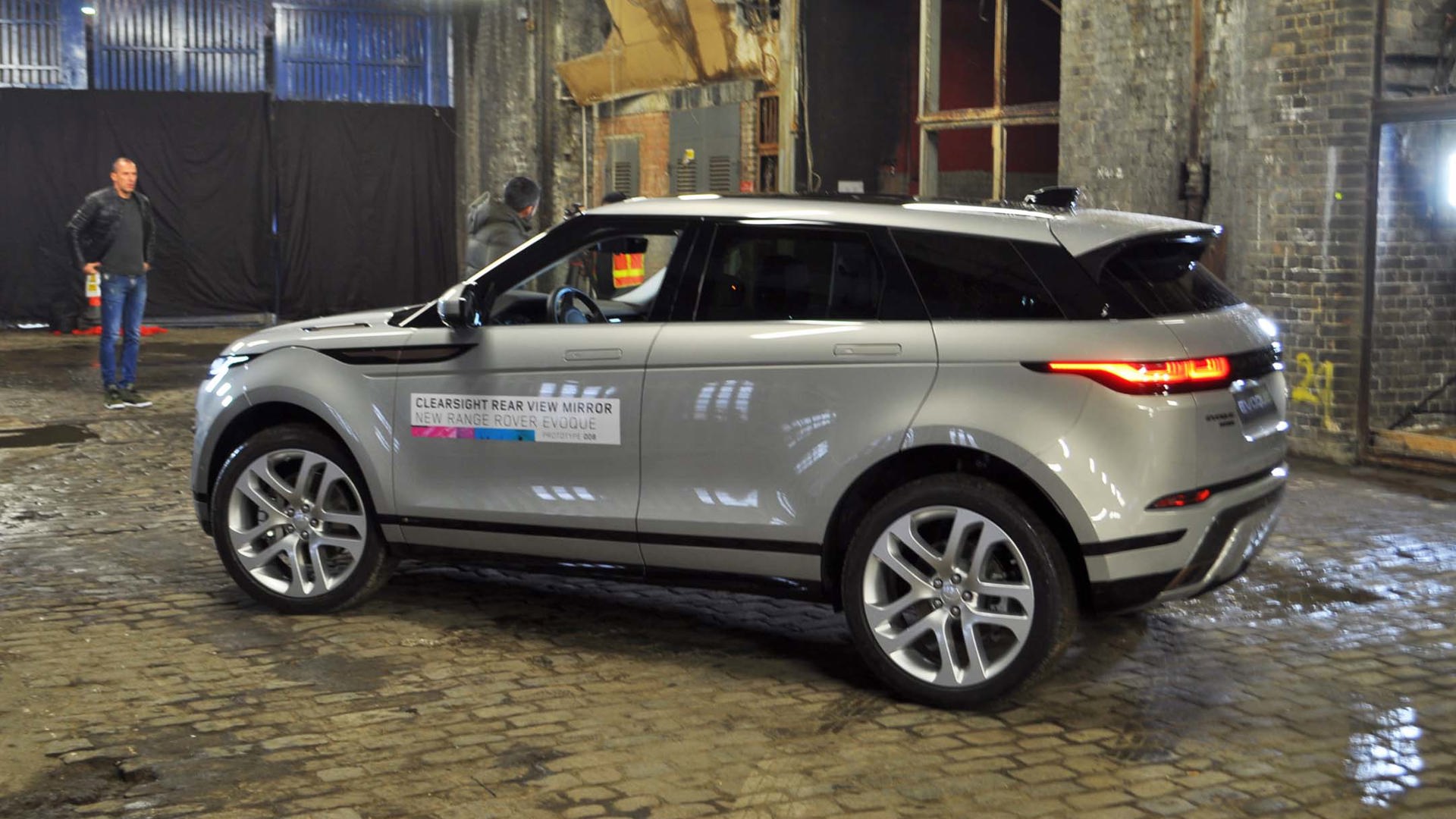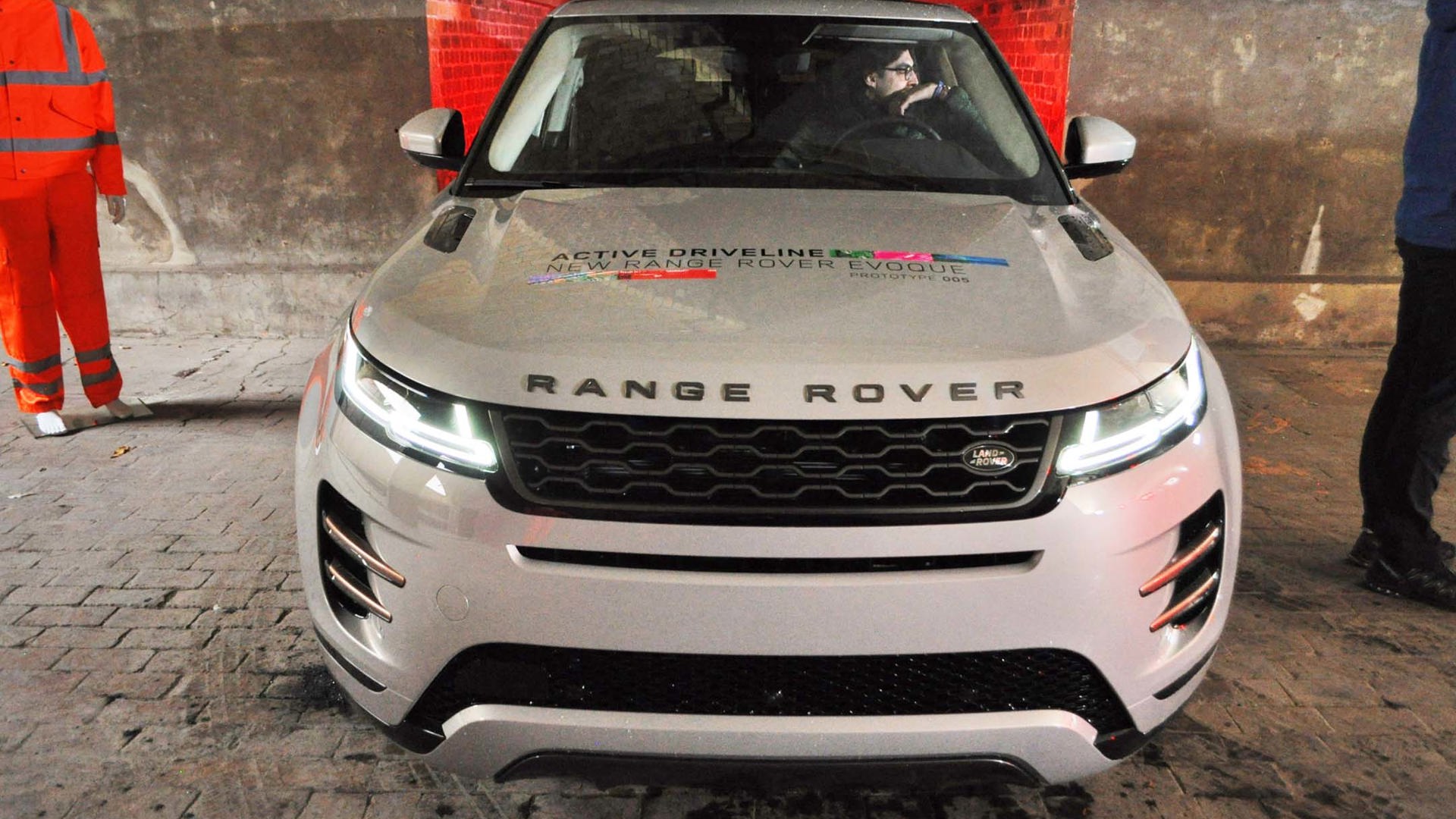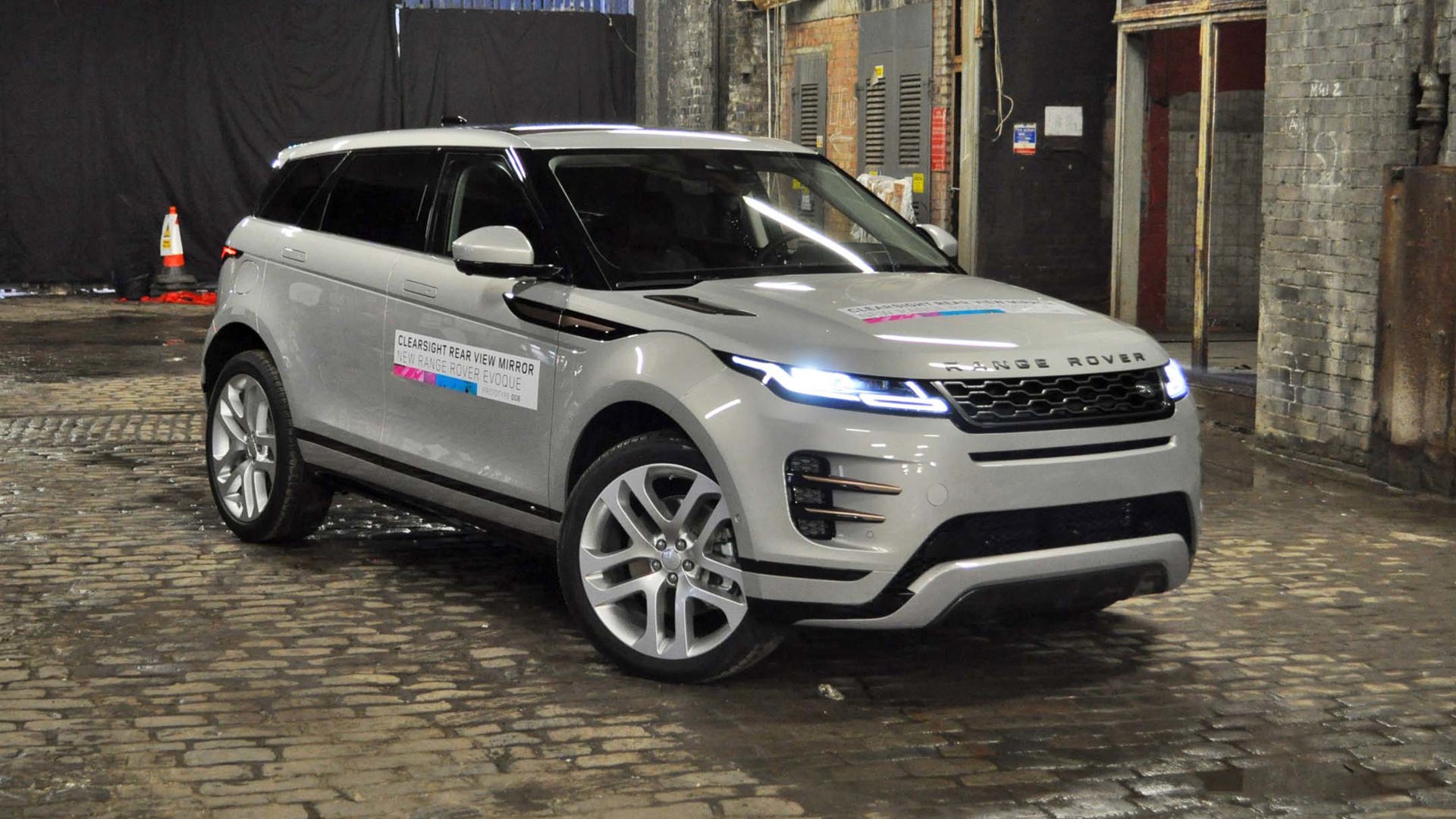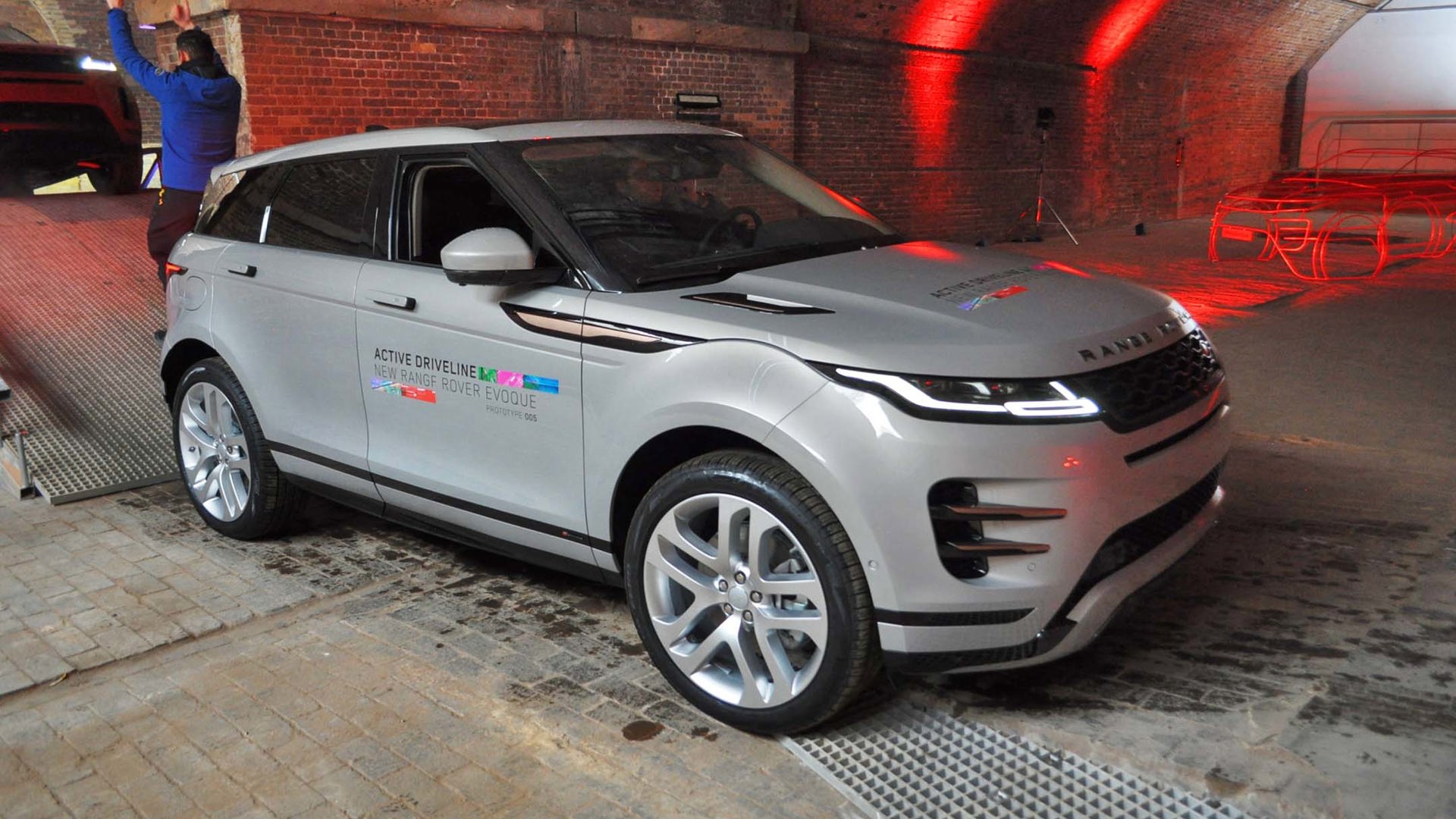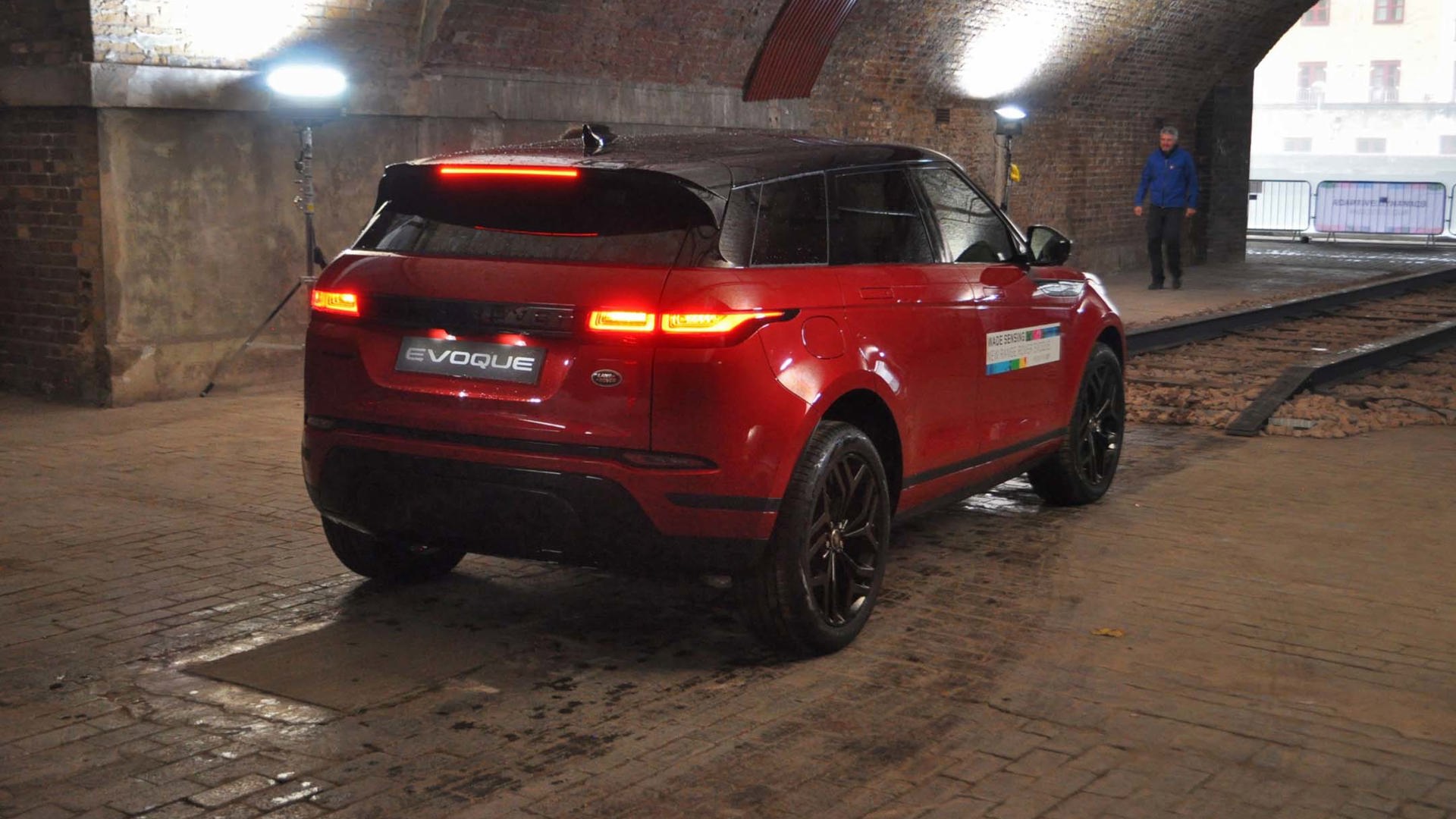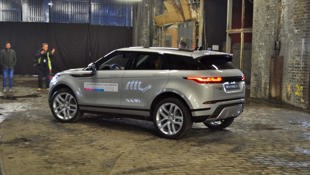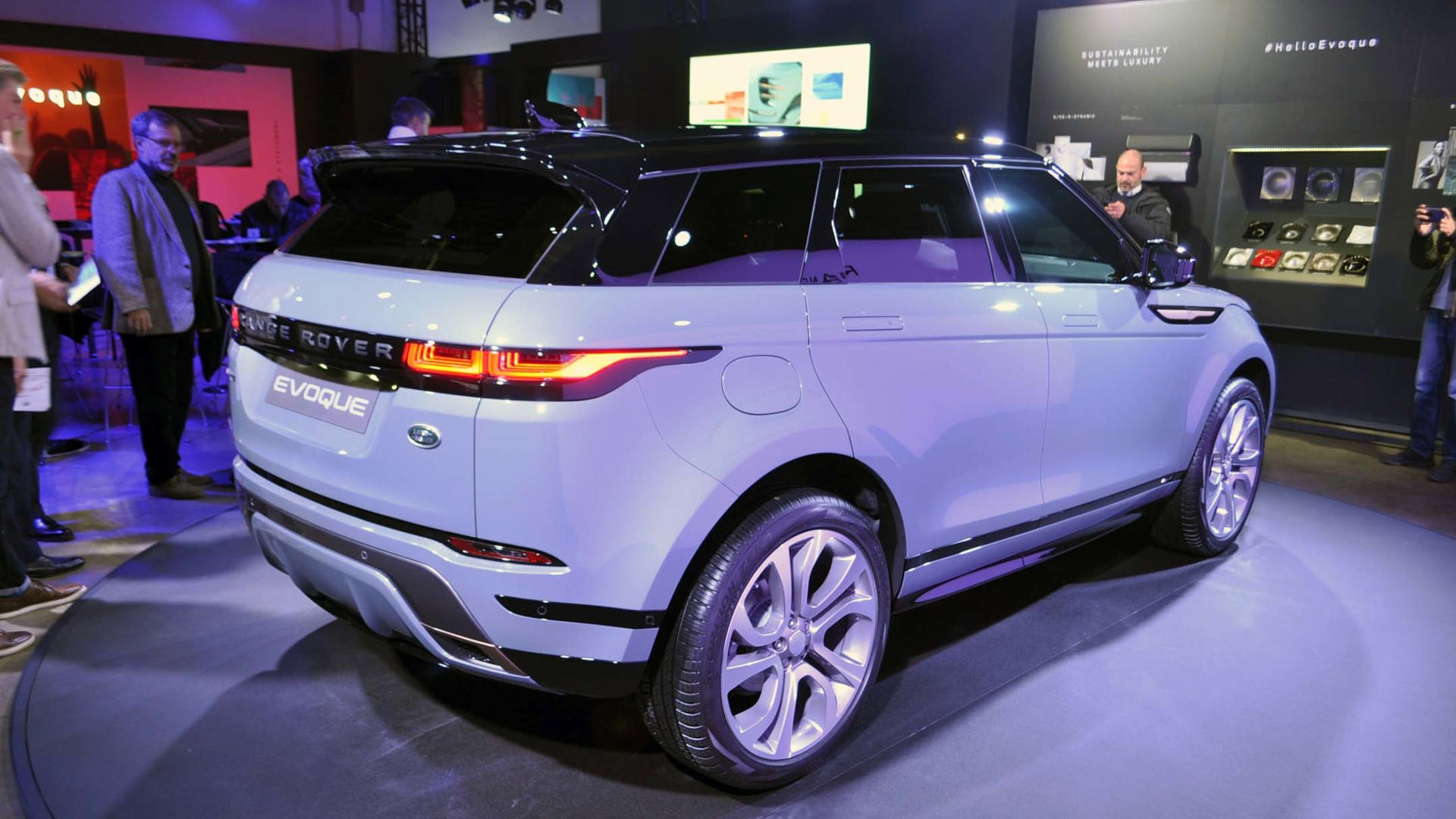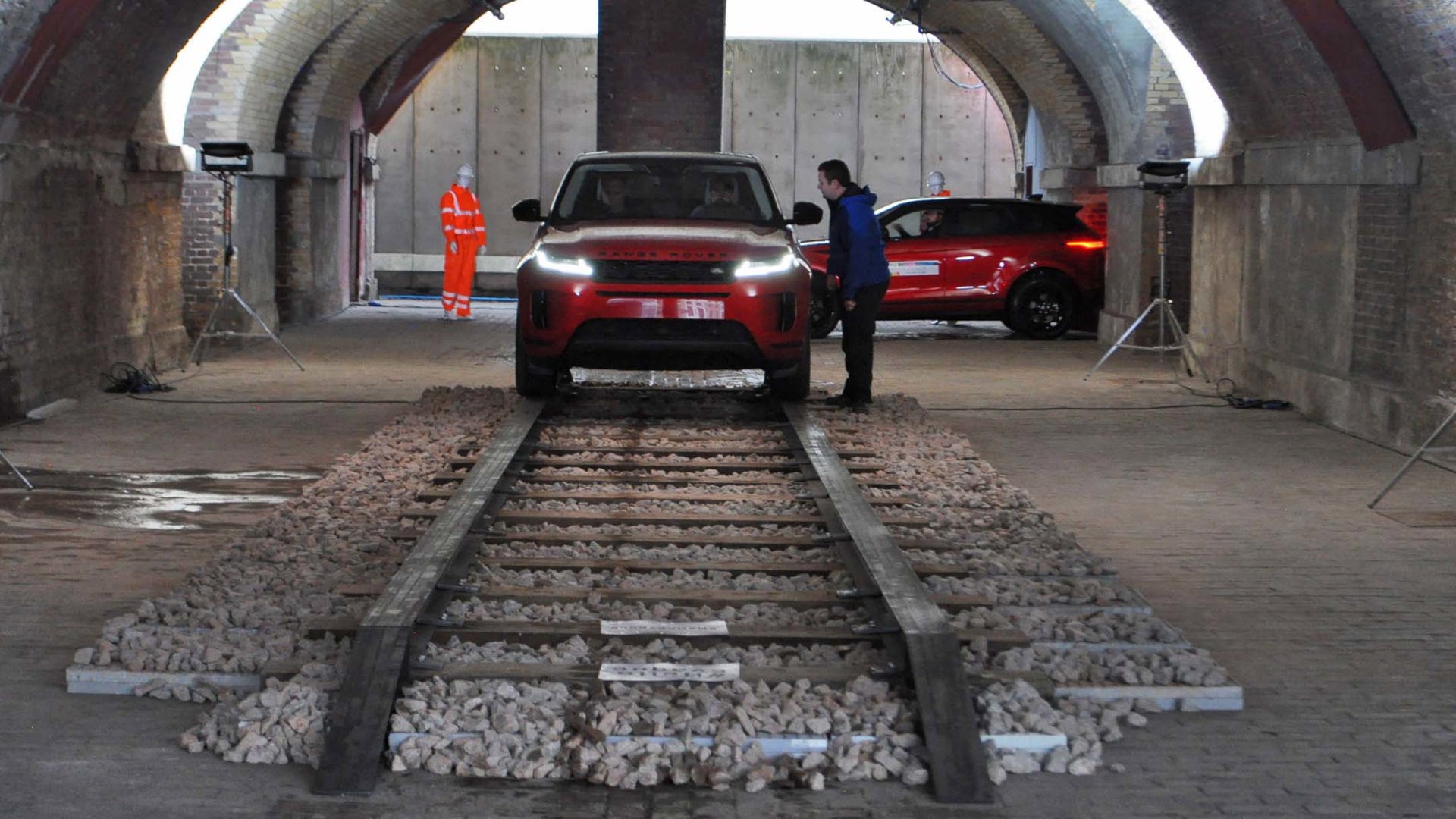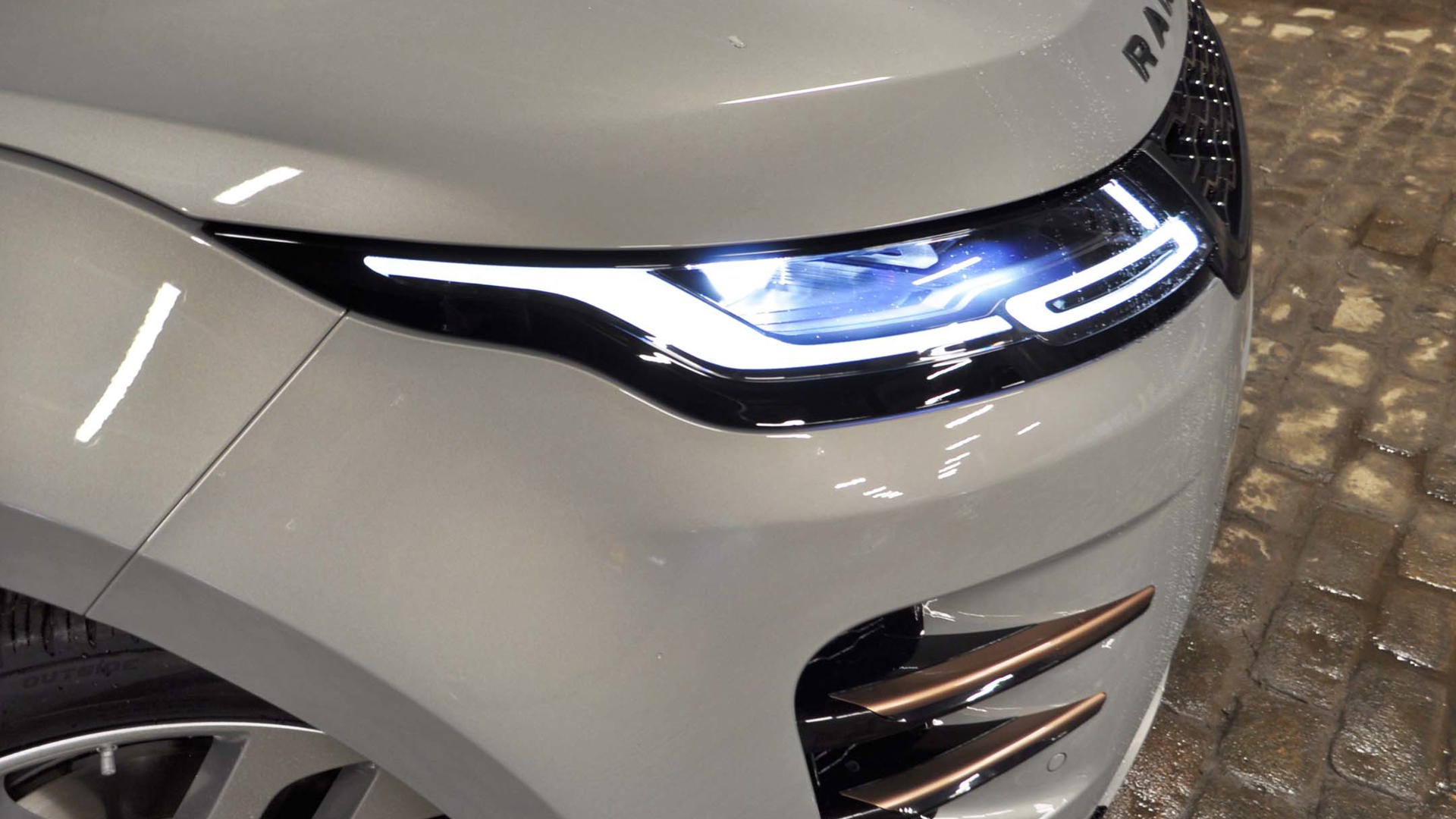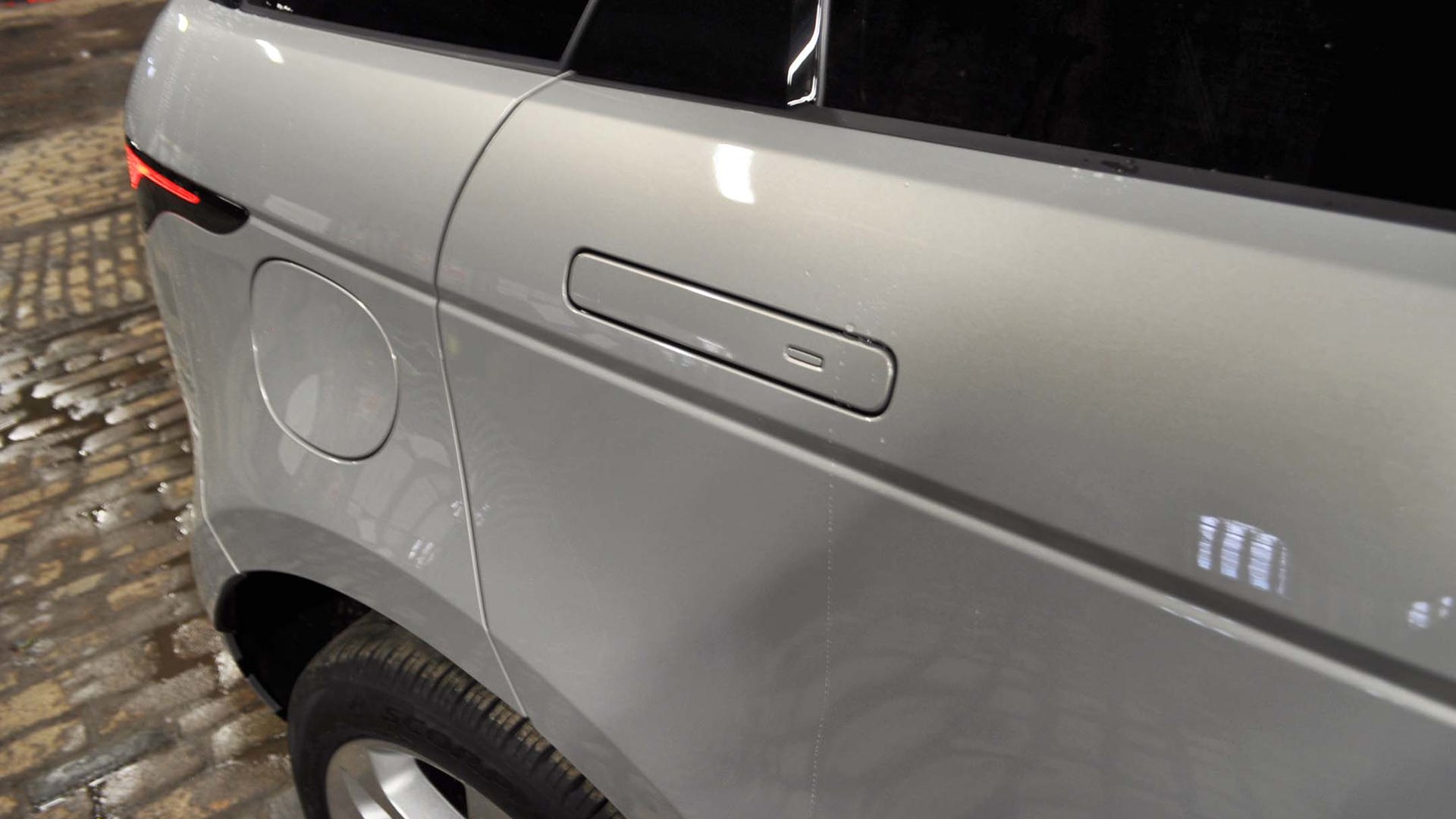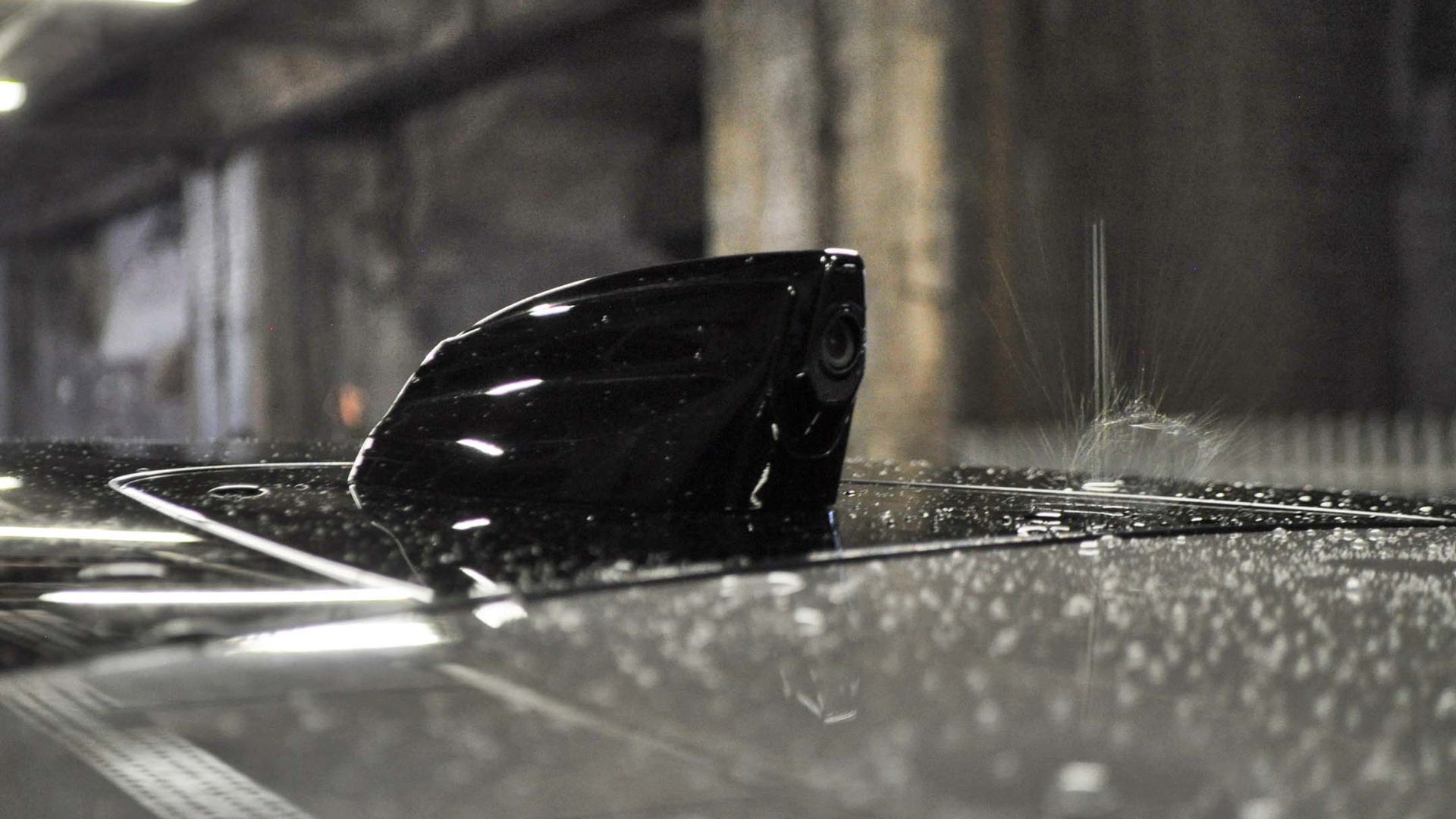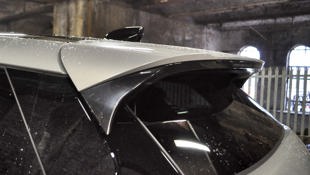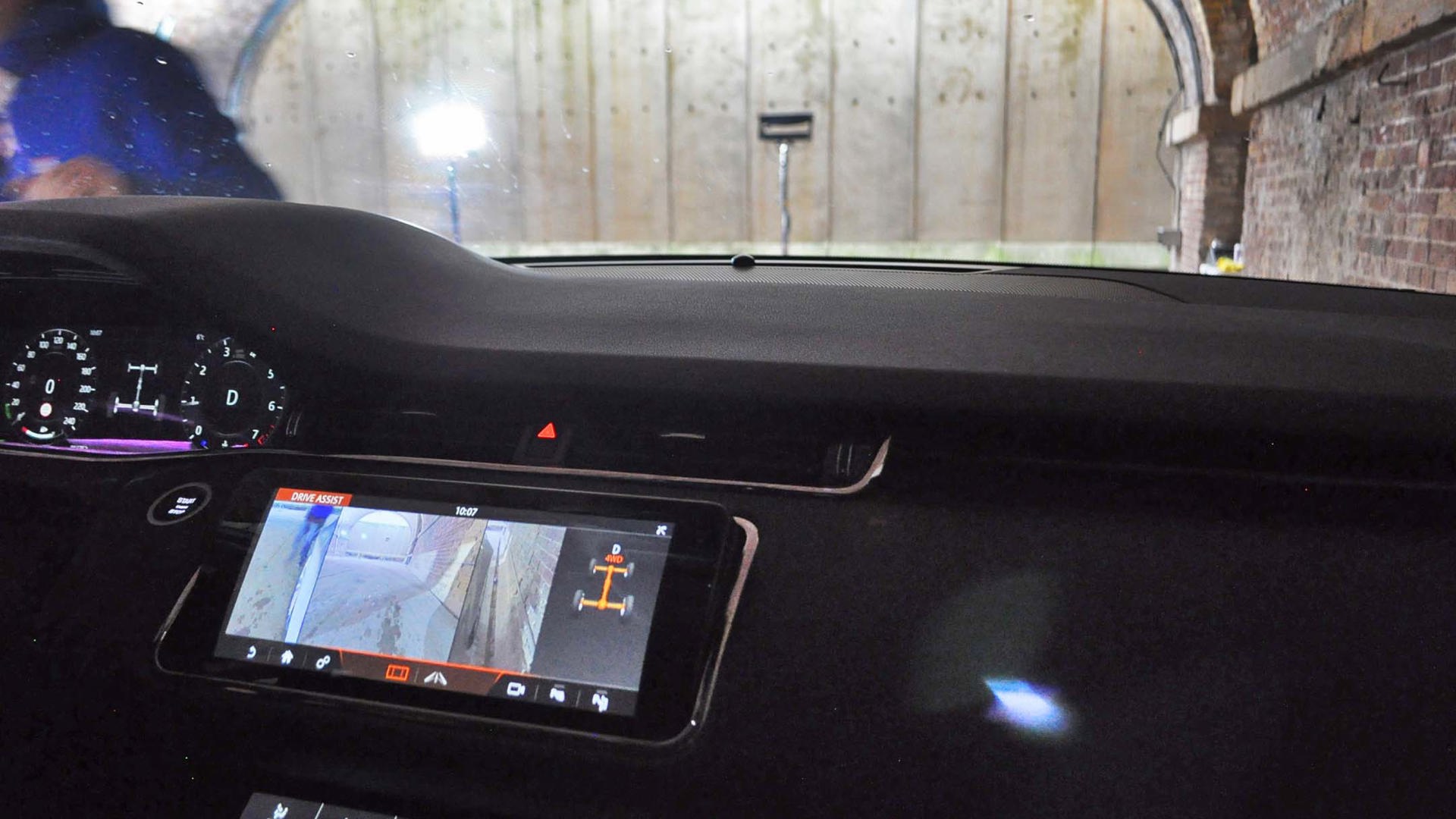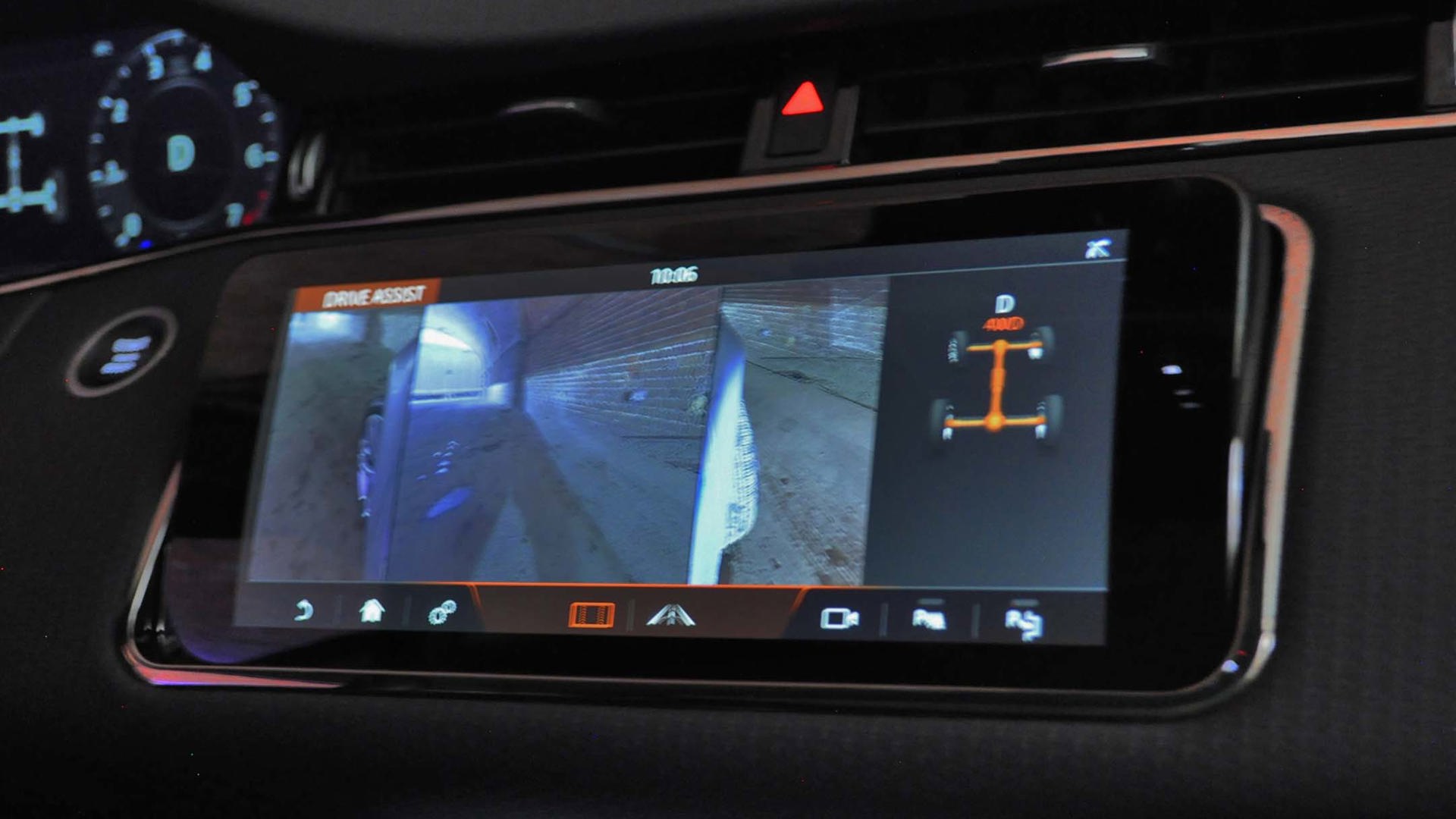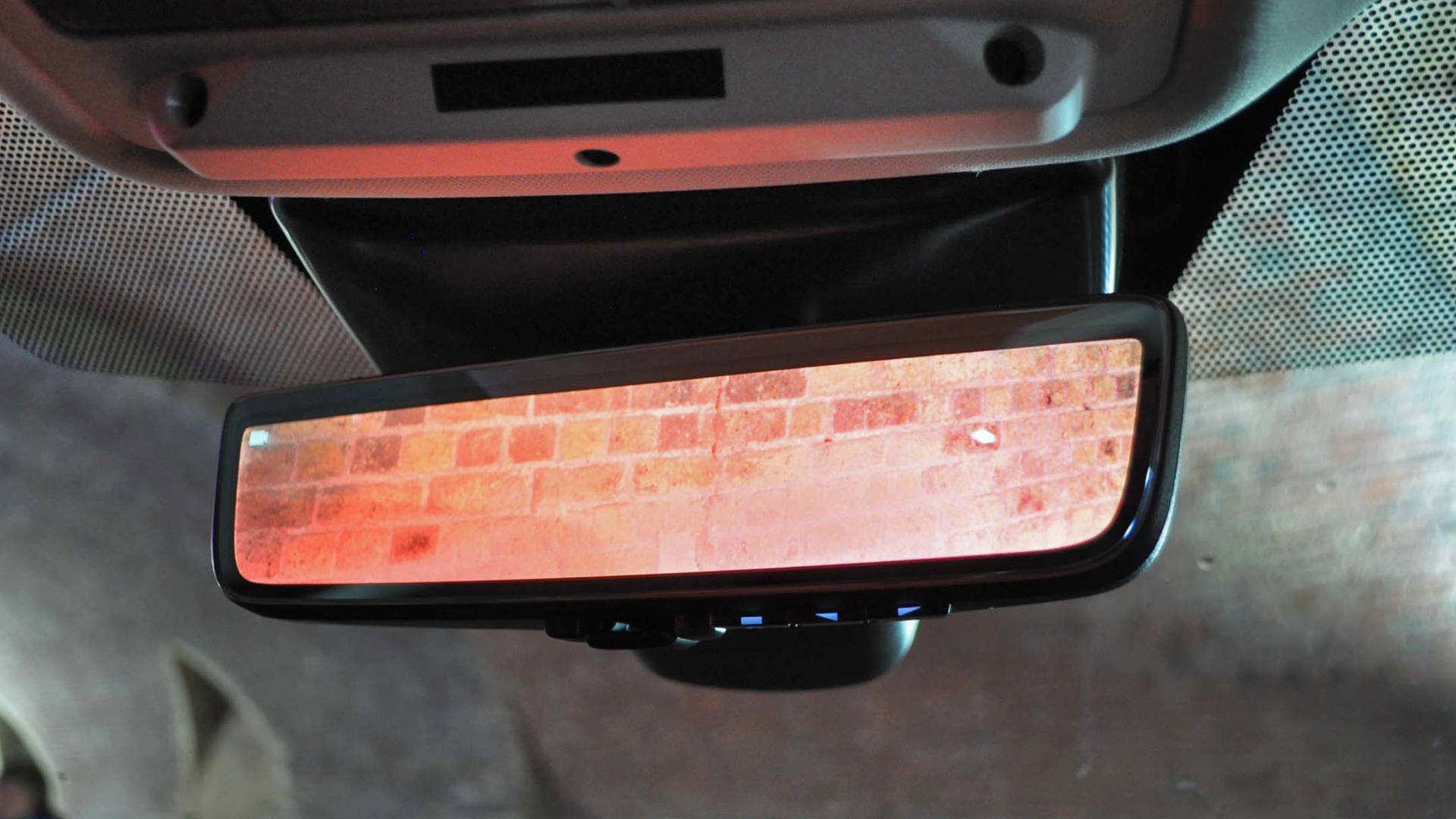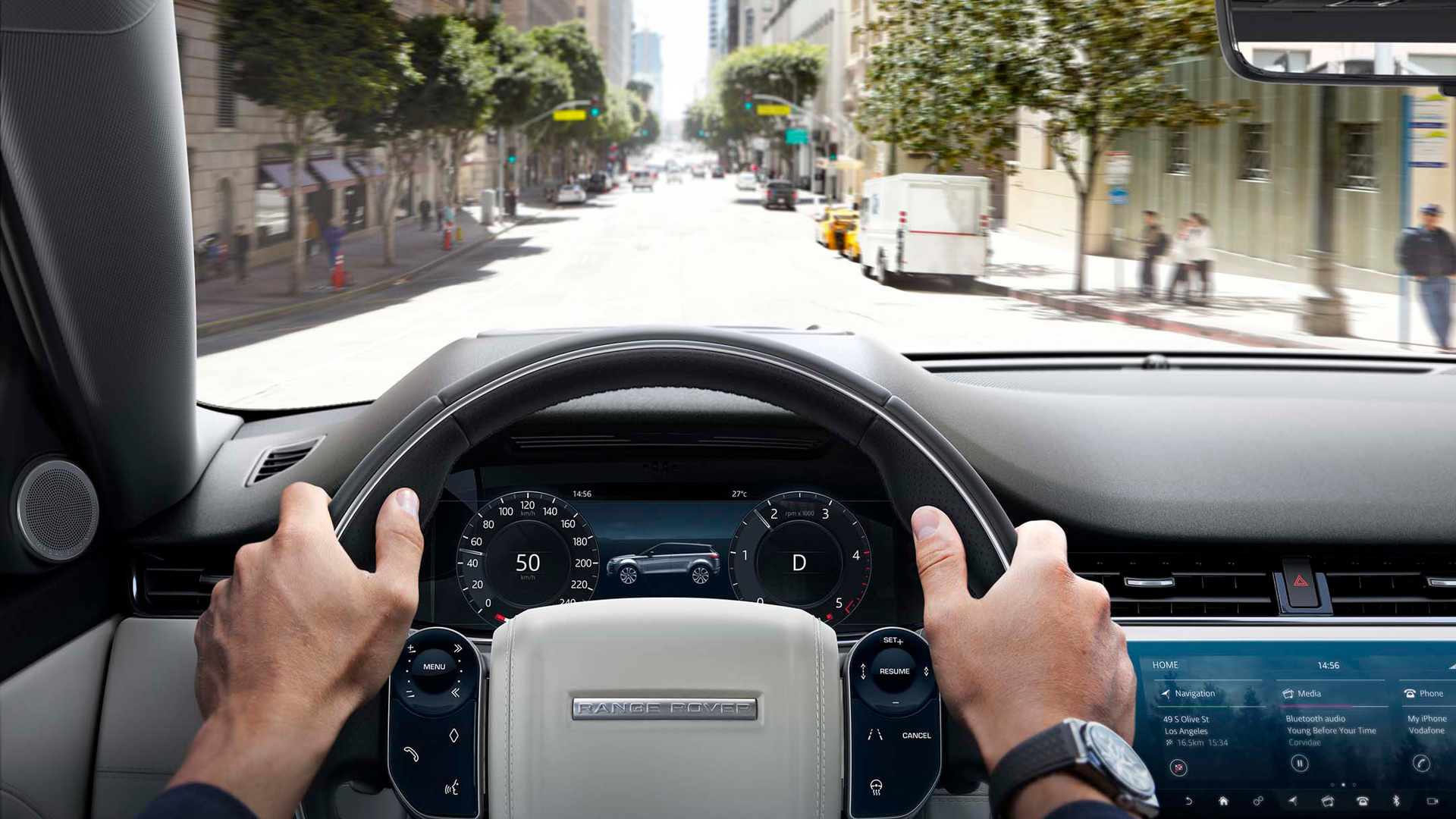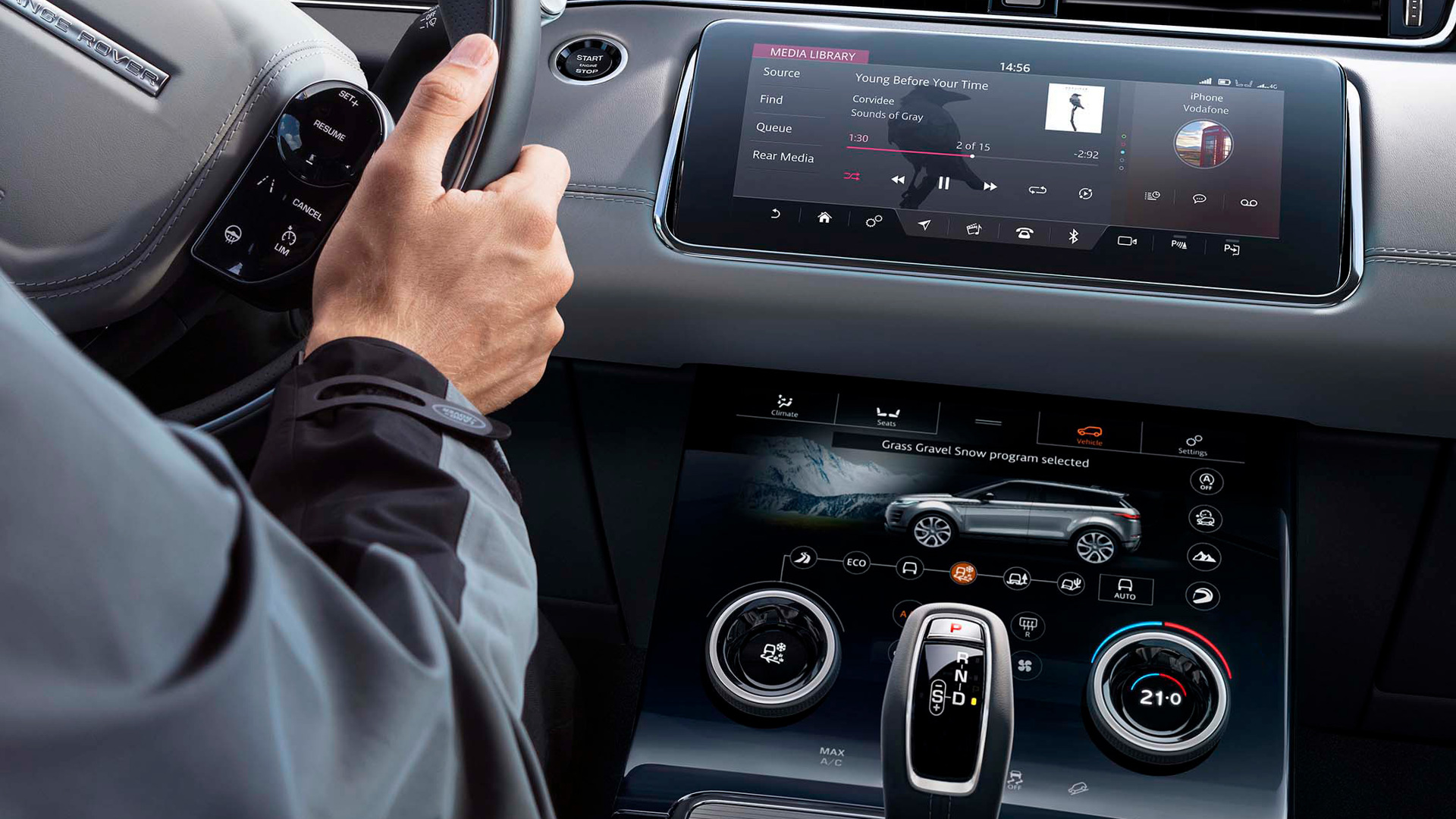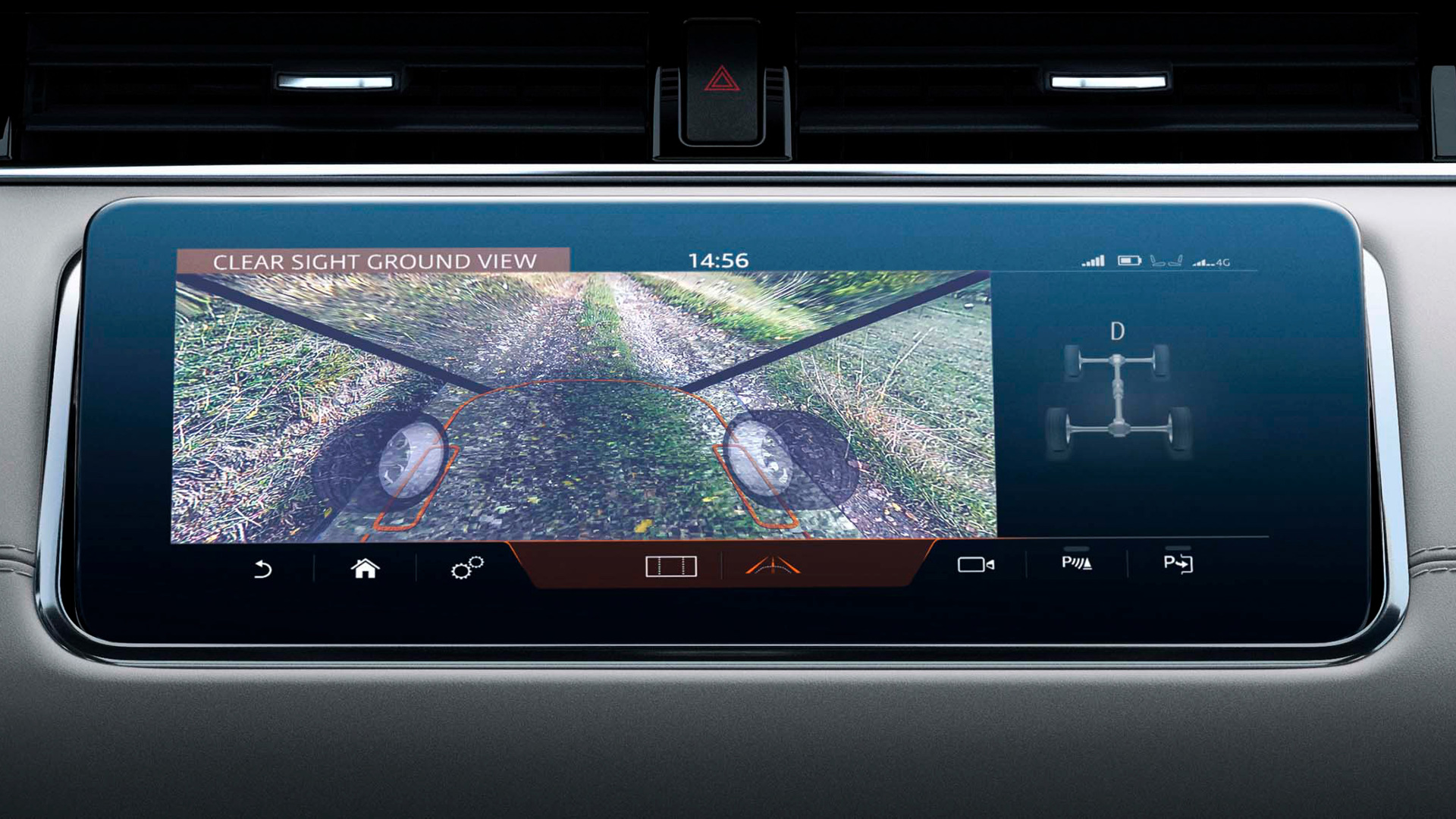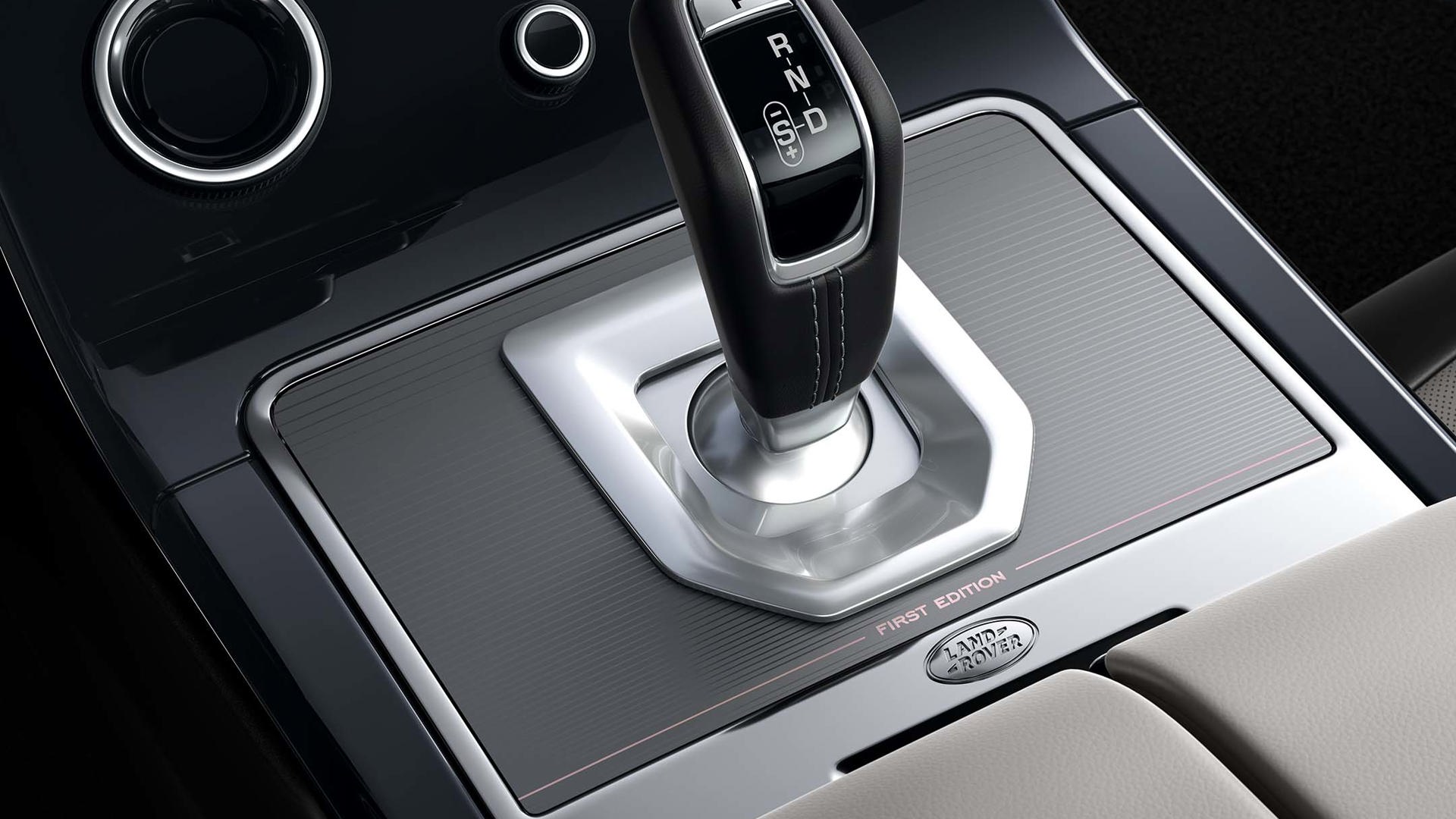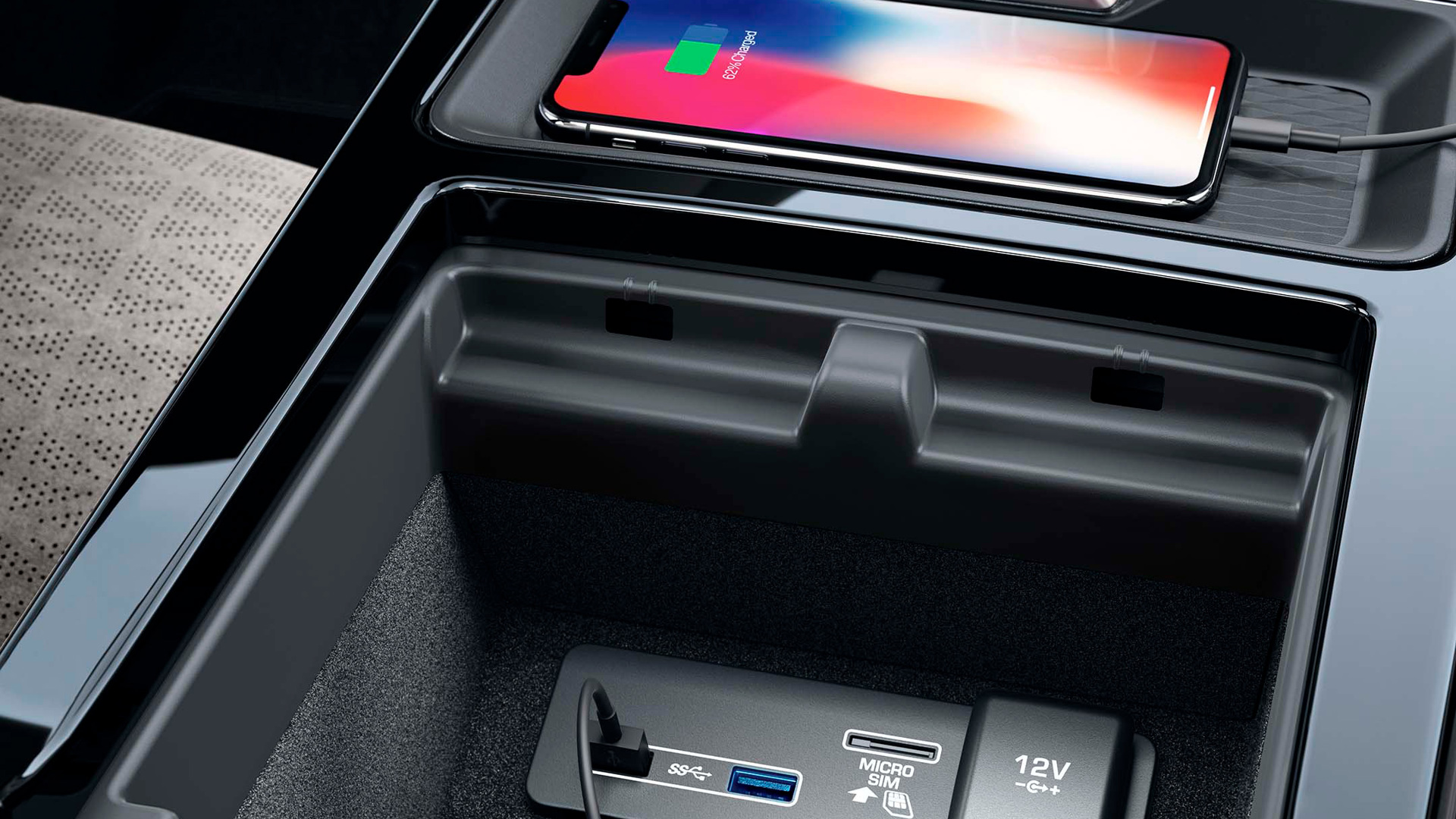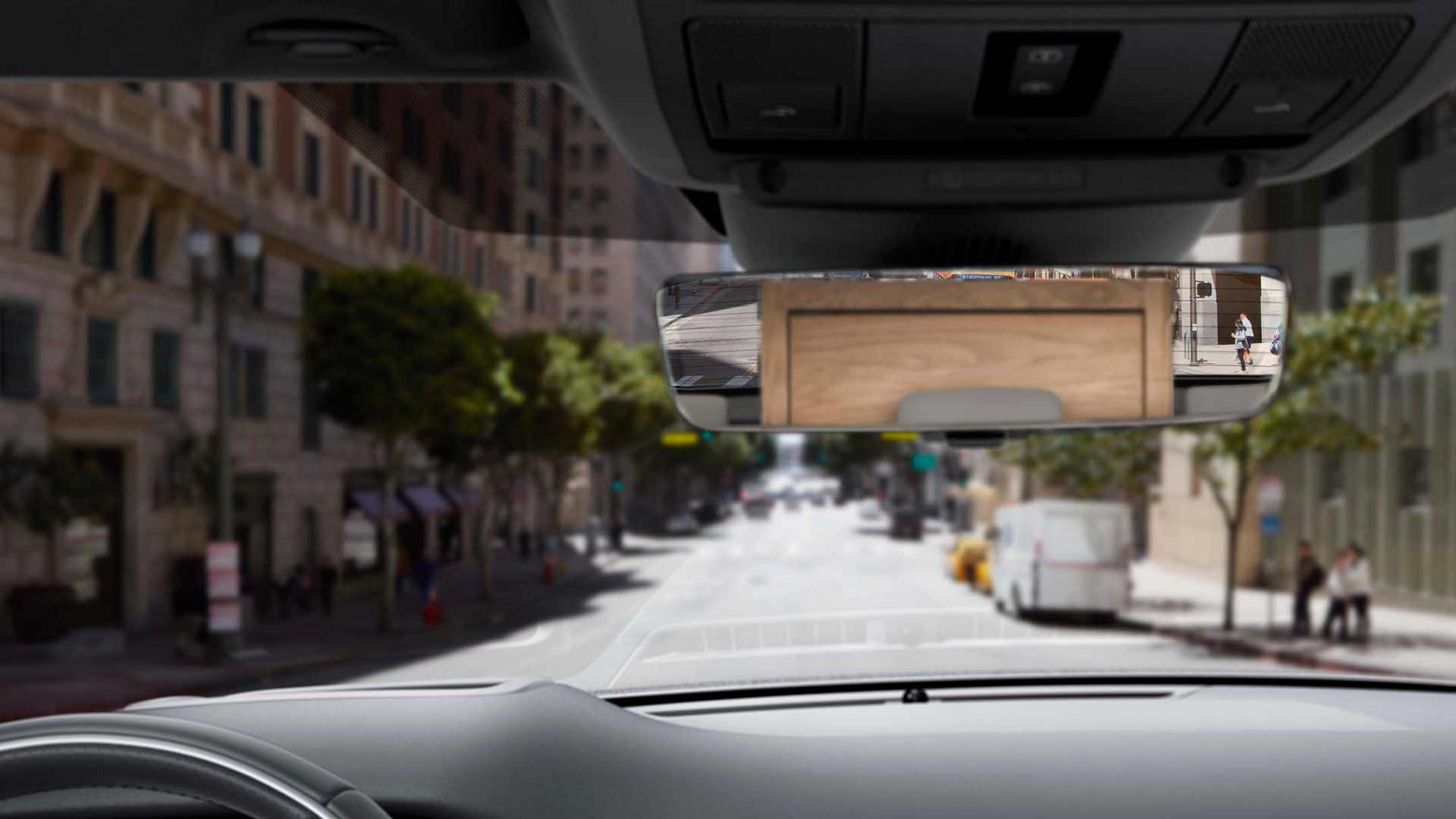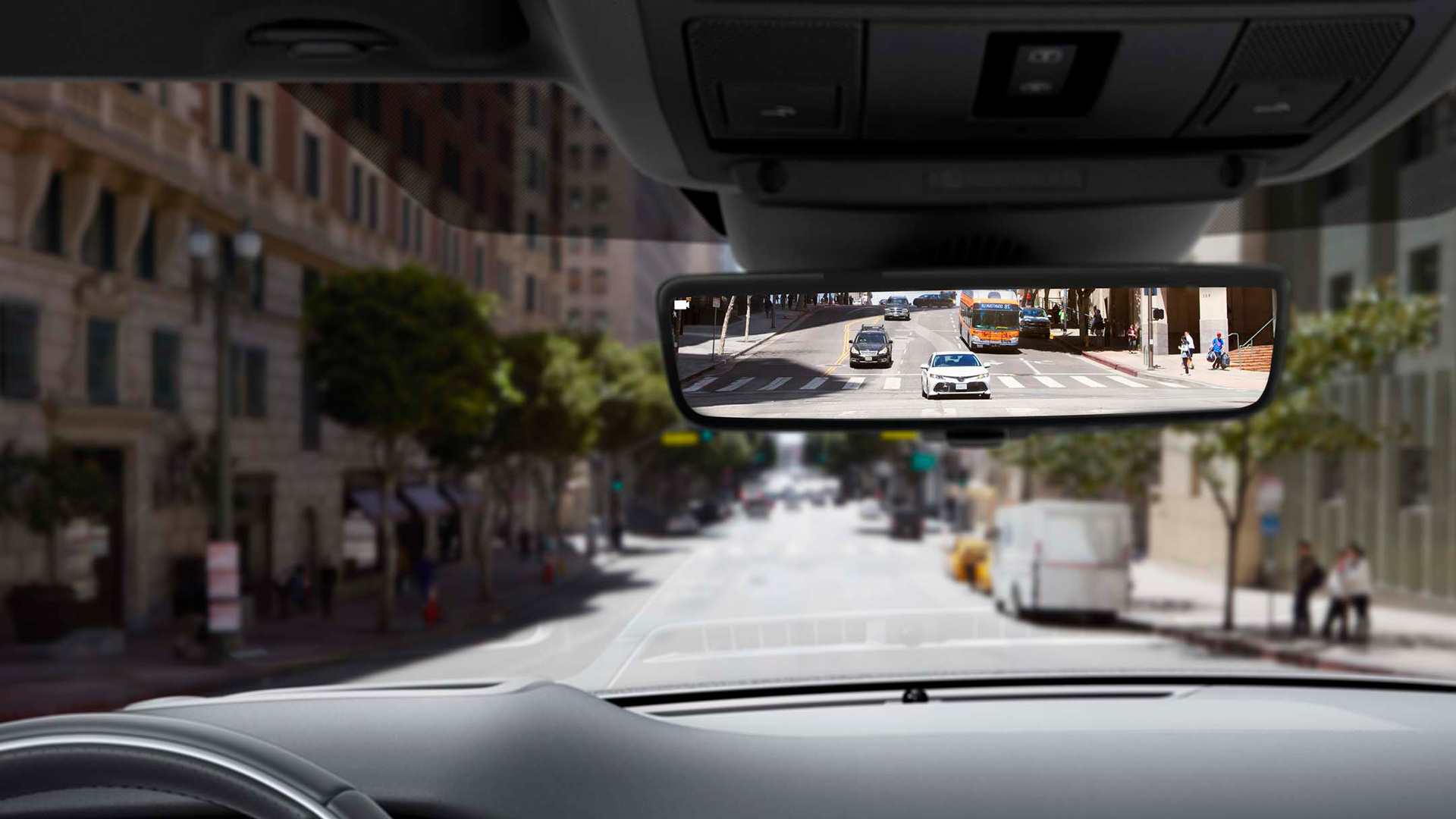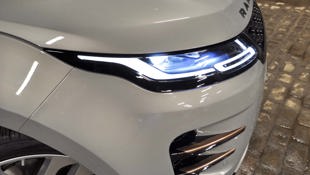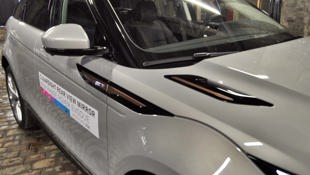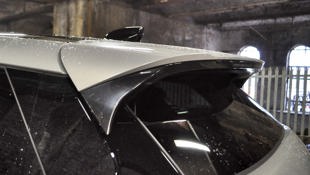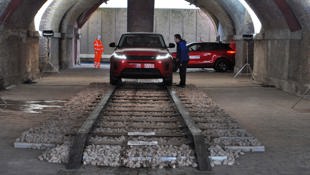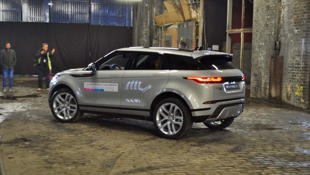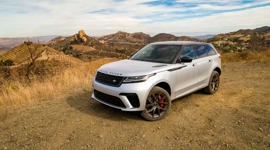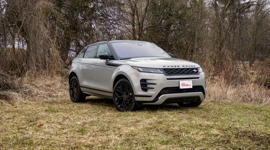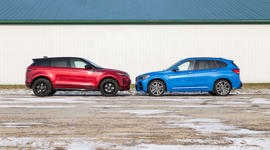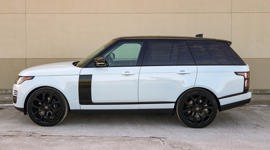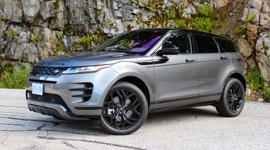LONDON, UK – Range Rover had a surprise smash hit on its hands when it launched the small, svelte, and somewhat pricey Evoque into the marketplace in 2011. For a vehicle of its size – compact, trending towards subcompact – to command premium luxury marque prices was still somewhat of a novelty at that time. But its standout looks and urban-friendly size saw it rack up more than 772,000 sales globally in the past seven-and-a-half years, so parent company Land Rover had reason to take a cautious approach when it came to the next-generation Evoque slated to arrive in spring 2019.
Intended for the “urban jungle” more than any other.
Stylistically, Range Rover kept a steady hand on the till, with a very similar silhouette to the current model.
“The Evoque has such a distinctive DNA that people loved so much, we took an approach of luxurious evolution,” said chief design officer for Land Rover Gerry McGovern. “It was the fastest selling Range Rover ever, and it brought luxury to a smaller scale.”
This included keeping signature design cues such as the downward sloping roofline, the clamshell hood that wraps around the fender, as well as the rising beltline. Even the slimmer LED light design upfront will be familiar to Range Rover Evoque owners, and Velar ones too. But refinements such as flush door handles, tightened up panel gaps, and body moldings flush with the body all help to give it a more precise look.
But the Evoque does now offer 21-inch wheels, which are proportionally massive for a vehicle this size, while a longer body helped extend the wheelbase by 21 mm, providing the Evoque some much needed rear passenger room.
Upmarket design features from the Velar also make it to the Evoque as the smallest, and least expensive, sibling in the Range Rover family. This includes the available twin touchscreen Touch Duo Pro infotainment system; as well as the Kvadrat seats, a wool-based alternative to leather seats; and a unique suede-cloth, made from 53 recycled plastic bottles per vehicle. There’s also a new eucalyptus-based leather alternative that is JLR’s first plant-based seat, which also has a split design, with a lightweight fabric mix on the lower half of the seat, and a leather-like grained polyurethane surface from the shoulders up.
More dramatic powertrain changes
Under the hood, two versions will be coming at launch to Canada: a P250 with 246 hp from its 2.0-litre four-cylinder gas engine – in S, SE, and First Edition trims – as well as a more sophisticated mild-hybrid P300 model. That 2.0-litre version cranks out 296 hp, in R-Dynamic S, SE, and HSE versions. Diesel and plug-in hybrid versions will also be available in Europe by the end of 2019 calendar year, but there are no plans to bring the diesel into Canada, while the PHEV is looking more likely at some point in the future, but not for model year 2020.
So unlike full hybrids with a larger battery, there will never be motivation in the mild hybrid that’s emissions-free, requiring some engine assistance to get the Evoque moving even in low-speed Tim’s (or perhaps more likely Starbucks) drive through lineups. Range Rover also didn’t disclose how much all-electric range its PHEV would offer, but it’s a mute point for Canadians anyway, at least for its first launch year.
We had a chance to sample one of these mild hybrid models in a short underground course in central London, where the original Evoque was first launched by Land Rover as well, to help underline its first SUV intended for the “urban jungle” more than any other. Two new key technologies help it manoeuvre in tight spaces off-road, in mall parking lots, or construction-strewn areas of the city.
New tech ideal for squeezing through tight spaces
There’s a Drive Assist mode that brings up three forward camera views from just behind each wheel and the front bumper, which helps drivers confidently drive onto car wash tracks or other super tight manoeuvrings. It actually worked very well, along with the help of some off-road experienced spotters admittedly, but you could easily see the appeal and value of this mode.
The flashier one though was the “ClearSight Ground View” technology, which debuts on the Evoque to offer drivers a full 180-degree view of what’s on the ground in front of them – like, from right under the windshield level, not necessarily just in front of the Evoque. This will also come in handy for tight parking manoeuvres, as it projects a ghosted image of the vehicle’s front wheels as well as the surrounding ground and obstacles.
It sounds even better than the Drive Assist system in theory, but in practice, when we tried to use it to hop onto an elevated set of railroad track to traverse a “track bridge”, we found that the fact it didn’t project its image to the top screen in real time was a hindrance to trusting it totally. Plus the elevated obstacle somewhat threw off the image’s proportions. This would be fabulous to try with high curbs that always threaten lower front clips back home, but the system is definitely ingenious.
Conclusion
Overall then, based on this first quick look and a few minutes of low-speed off-roading – including fording deep water in a previously abandoned swimming pool – the Evoque offers both rugged SUV appeal and city-friendly style and practicality. We can’t wait to give it a fuller test on the road soon, but likely closer to early in 2019, when Range Rover plans to release Canadian pricing as well.
